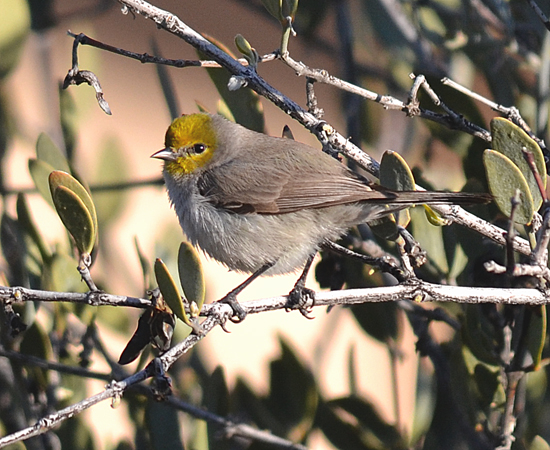A smash on my home office window made me cautiously peer out through the blinds. There, down below outside was Dean making a bunch of weird arm movements and pointing east. He'd thrown a snowball up to my window to get my attention.
After a few minutes of charades I realized he wasn't having spasms but was pointing to something in our ash trees.
The Barred Owl has returned and is actively hunting in our yard today. What an awesome birthday gift! The day just keeps getting better and better!
We've had the owl in our yard off and on since last summer when its strange calls (owls do more than hoot!) would send shivers down our spines late at night around the campfire.
A few months ago, it started showing up in our yard in the late evening and early morning, and within the last two weeks it has been roosting in our spruce trees and our big white pine:
Today's the first time I've seen it actually hunting in the middle of the day. We have plenty of prey around for it, with all our bird feeding stations (mice, voles, squirrels, rabbits) so it should be getting enough food. We're guessing it's a young owl who has just staked out its new territory. How lucky are we!
It seems to have learned we don't pose a threat to it, and in fact probably gives us props for chasing off the crows that mob it periodically. The crows will fly in and start a ruckus, the owl will twitch open its eyes, Dean heads out the door and yells at the crows, they leave and the owl goes back to sleep.
In today's snow the owl is nearly invisible once it's landed in our trees with its brown and white markings. The vision of it swooping low across the snowy yard is just stunning. Will have to try to snap an in-flight photo. Such a treat to watch an amazing bird...








